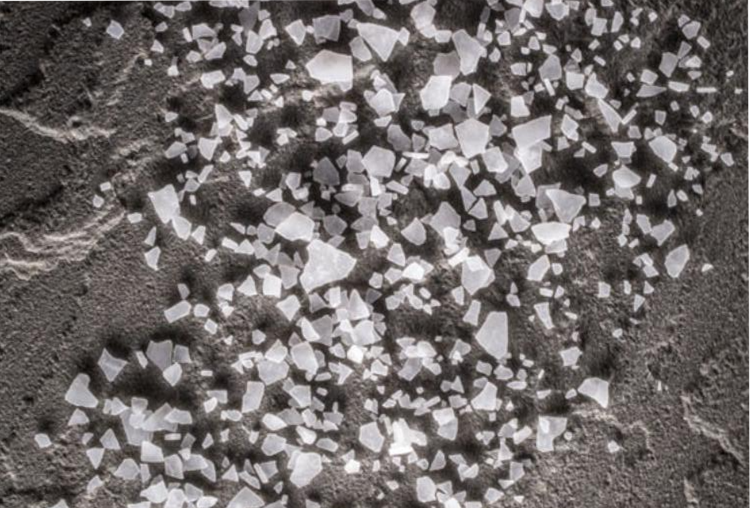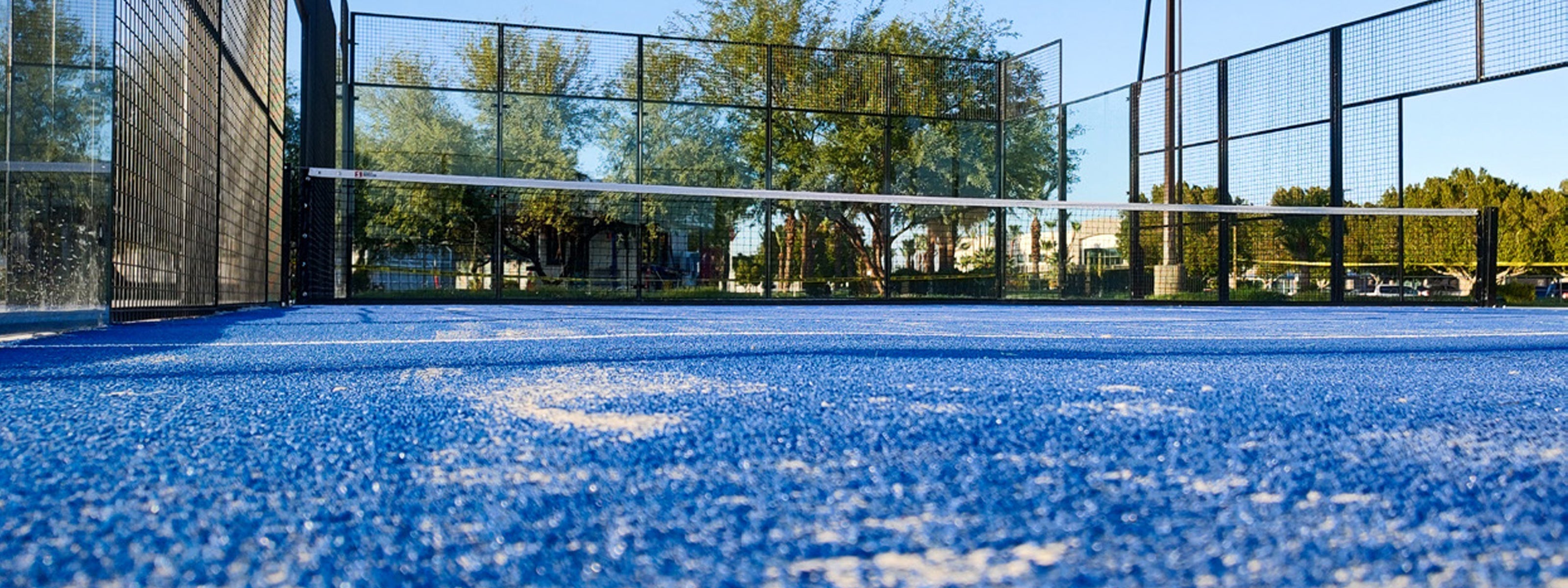
The Benefits of Utilizing Magnesium Chloride or Calcium Chloride on Clay Courts
Maintaining clay tennis courts is crucial for great gameplay and long-lasting courts. Using specific chemicals is an important part of the maintenance process. Two essential chemicals for clay court care are magnesium chloride and calcium chloride. They help with dust control, moisture retention, and maintaining the right court hardness. Let's explore how these chemicals improve the clay court experience.
Keeping dust at bay is a top priority when it comes to clay courts. Excessive dust can disrupt gameplay and diminish the overall experience, particularly during dry weather or periods of heavy usage. Fortunately, magnesium chloride and calcium chloride offer a practical solution. These chemicals work by binding the clay particles together, minimizing dust formation and creating a cleaner playing surface for a more enjoyable tennis experience.
Moisture retention is crucial for preserving the quality of the clay surface. Rapid drying can lead to cracking and hardness, adversely affecting gameplay. Here, magnesium chloride and calcium chloride excel. They possess hygroscopic properties, absorbing moisture from the air and maintaining a consistent level of moisture within the clay. This helps prevent excessive drying and cracking, creating more favorable playing conditions.
The regulation of court hardness is another aspect that should not be overlooked. A well-maintained clay court requires a stable, compact surface that offers consistent ball bounce and player footing. Magnesium chloride and calcium chloride facilitate this by penetrating the clay particles and promoting cohesion. The result is a more resilient and uniformly compact court surface, enhancing playability and reducing the risk of uneven ball trajectories.
The benefits of utilizing magnesium chloride or calcium chloride on clay courts extend beyond playability. Improved dust control and moisture retention translate into an enhanced overall experience for players. Moreover, these chemicals contribute to extending the lifespan of the court by minimizing surface erosion, cracking, and uneven wear. By investing in proper maintenance with magnesium chloride or calcium chloride, court owners can mitigate damage and ensure their investment remains in excellent condition over an extended period.
In terms of cost-effectiveness, the application of these chemicals offers potential savings. By effectively controlling dust and retaining moisture, the need for frequent court watering and other maintenance activities is significantly reduced. This leads to cost savings in terms of water consumption, labor, and court repair.
When it comes to application methods, it is imperative to ensure uniform coverage across the entire court surface. Spraying these chemicals is not recommended due to associated risks. Instead, employing a spreader or applying the chemicals manually is preferred. It is essential to prioritize safety during the application process, utilizing personal protective equipment (PPE) such as rubber gloves and safety glasses. Court closure, surface brushing, line sweeping, thorough application, and subsequent watering are recommended steps to minimize the risk of skin exposure and ensure proper integration of the chemicals into the surface.
The concentration and dilution of the magnesium chloride or calcium chloride solution should be tailored to the specific court conditions, climate, and desired outcomes. Starting with a lower concentration and adjusting as necessary is generally recommended. Manufacturer guidelines or consultation with court specialists can provide precise instructions for achieving optimal dilution ratios.
Timing of application is vital and should align with the court's usage and prevailing climate conditions. Typically, applying magnesium chloride or calcium chloride before periods of dry weather or heavy play is advisable to proactively prevent excessive dusting and maintain proper moisture levels. The frequency of application may vary but is usually carried out on a periodic basis.
While magnesium chloride and calcium chloride offer significant benefits, they should not be considered standalone solutions. Regular maintenance practices such as grooming, rolling, and periodic topdressing with additional clay remain essential to ensure the court's long-term performance and durability. These chemicals should be seen as valuable complements to standard maintenance practices, enhancing their efficacy.
Monitoring the court's condition after application is essential. Observing playability and dust control allows for adjustments in frequency, concentration, or technique as needed. Seeking guidance from experienced professionals or court specialists ensures correct usage and dosage tailored to specific court conditions.
Environmental considerations are also important. To minimize adverse effects, care should be taken to prevent runoff into nearby vegetation or water sources. Following responsible usage practices and adhering to local regulations is crucial.
In summary, use magnesium chloride and calcium chloride on clay tennis courts moderately and as directed. Seek professional guidance, consider environmental impact, and practice responsible usage. This approach improves court longevity and performance while minimizing adverse effects.



